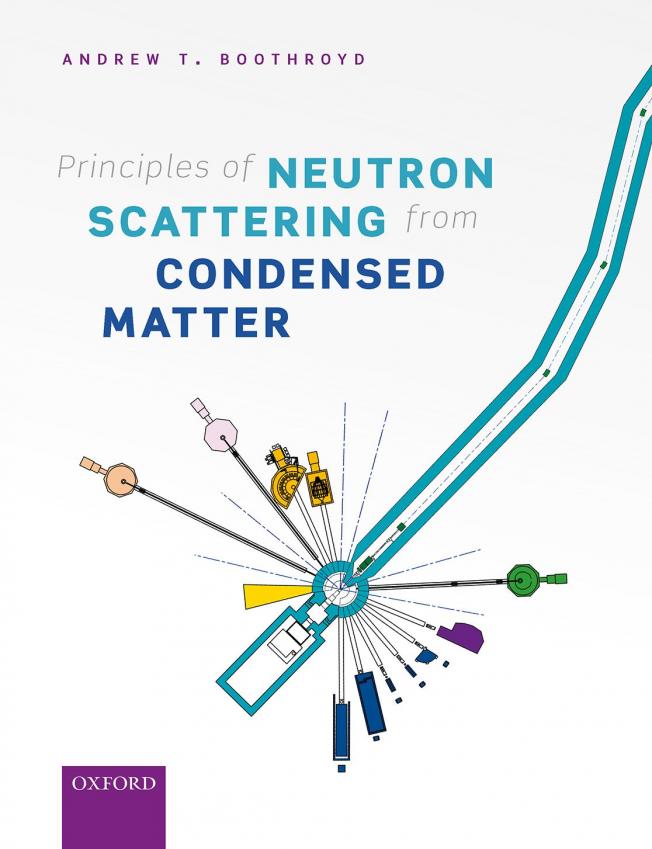Room-temperature type-II multiferroic phase induced by pressure in cupric oxide
Physical Review Letters American Physical Society 129 (2022) 217601
Abstract:
According to previous theoretical work, the binary oxide CuO can become a room temperature multiferroic via tuning of the superexchange interactions by application of pressure. Thus far, however, there has been no experimental evidence for the predicted room-temperature multiferroicity. Here, we show by neutron diffraction that the multiferroic phase in CuO reaches 295 K with the application of 18.5 GPa pressure. We also develop a spin Hamiltonian based on density functional theory and employing superexchange theory for the magnetic interactions, which can reproduce the experimental results. The present study provides a stimulus to develop room-temperature multiferroic materials by alternative methods based on existing low temperature compounds, such as epitaxial strain, for tunable multifunctional devices and memory applications.Magnetotransport of single crystal Sm$_2$Ir$_2$O$_7$ across the pressure-induced quantum-critical phase boundary
(2022)
Magnetic structure of the topological semimetal Co3Sn2 S2
Physical Review B American Physical Society 105:9 (2022) 094435
Abstract:
Co3Sn2S2 has recently been predicted to be a Weyl semimetal in which magnetic order is key to its behavior as a topological material. Here, we report unpolarized neutron diffraction and spherical neutron polarimetry measurements, supported by magnetization and transport data, which probe the magnetic order in Co3Sn2S2 below TC=177 K. The results are fully consistent with ferromagnetic order in which the spins on the Co atoms point along the crystal c axis, although we cannot rule out some canting of the spins. We find no evidence for a type of long-ranged (k=0) in-plane 120° antiferromagnetic order which had previously been considered as a secondary phase present at temperatures between ∼90 K and TC. A discontinuous change in bulk properties and neutron polarization observed at T=125 K when samples are cooled in a field and measured on warming is found to be due to a sudden reduction in ferromagnetic domain size. Our results lend support to the theoretical predictions that Co3Sn2S2 is a magnetic Weyl semimetal.Model for coupled 4 f-3d magnetic spectra: a neutron scattering study of the Yb-Fe hybridization in Yb3Fe5 O12
Physical Review B American Physical Society 105:10 (2022) 104422
Abstract:
In this work, we explore experimentally and theoretically the spectrum of magnetic excitations of the Fe3+ and Yb3+ ions in ytterbium iron garnet (Yb3Fe5O12). We present a complete description of the crystal-field splitting of the 4f states of Yb3+, including the effect of the exchange field generated by the magnetically ordered Fe subsystem. We also consider a further effect of the Fe-Yb exchange interaction, which is to hybridize the Yb crystal field excitations with the Fe spin-wave modes at positions in the Brillouin zone where the two types of excitations cross. We present detailed measurements of these hybridized excitations, and we propose a framework that can be used in the quantitative analysis of the coupled spectra in terms of the anisotropic 4f-3d exchange interaction.Metamagnetism and crystal-field splitting in pseudohexagonal CeRh3Si2
Physical Review B American Physical Society 105:12 (2022) 125119


